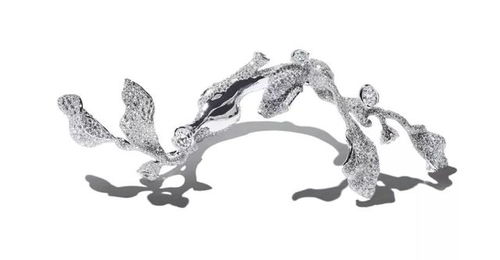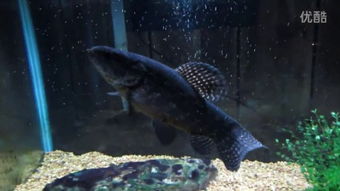How to Fish for Crab: A Comprehensive Guide with Illustrations
Crab fishing is a popular pastime that offers both relaxation and the thrill of the catch. Whether you're a seasoned angler or a beginner looking to try your hand at this exciting activity, knowing the right techniques can significantly enhance your chances of success. In this article, we'll delve into the art of crab fishing, focusing on how to catch the delicious and sought-after species known as the "mud crab" or "blue crab." We'll provide a step-by-step guide, accompanied by detailed illustrations, to ensure you're well-prepared for your next crab fishing adventure.
Choosing the Right Equipment
Before you head out to the water, it's essential to have the right equipment. Here's what you'll need:
Fishing Rod and Reel: A medium-heavy fishing rod with a spinning reel is ideal for crab fishing. The rod should be at least 6 feet long to allow for sufficient casting distance.
Line: Use a monofilament line with a thickness of 20-30 pounds. This line is strong enough to handle the resistance of crabs and is also less visible in the water.
Crab Bait: Fresh bait such as fish heads, shrimp, or chicken parts are effective. The scent of the bait will attract crabs to your hook.
Crab Trap: A crab trap is a specialized fishing device designed to catch crabs. It consists of a funnel that crabs can enter but cannot escape from.
Illustration 1: Crab Trap Diagram
Setting Up Your Crab Trap
Once you have your equipment, it's time to set up your crab trap. Follow these steps:
Place the crab trap in the water with the funnel facing the current. This allows crabs to swim into the trap but not out.
Attach a weight to the end of the line to keep the trap in place. The weight should be heavy enough to prevent the trap from being moved by the current but light enough not to sink the trap too deep.
Bait the trap by placing your chosen bait in the center of the trap. This will attract crabs to the trap.
Illustration 2: Setting Up the Crab Trap
Casting and Lining Up Your Trap
After setting up your trap, it's time to cast it into the water. Here's how to do it:
Hold the rod with both hands and position the baited hook at the end of the line.
Swing the rod back and cast the line into the water, aiming for a spot where you think crabs might be.
Once the line is in the water, let it sink to the desired depth. This can vary depending on the water conditions and the type of crab you're targeting.
Illustration 3: Casting the Crab Trap
Patience and Monitoring
Crab fishing requires patience. Once your trap is set, you'll need to wait for the crabs to enter. Here are some tips:
Wait for at least 24 hours before checking your trap. This gives the crabs enough time to enter and become trapped.
Check the trap at regular intervals. If you catch crabs, you can remove them from the trap and rebait it for another round of fishing.
Illustration 4: Checking the Crab Trap
Removing the Crabs

When you're ready to remove the crabs from the trap, follow these steps:
Carefully lift the trap out of the water using the line.
Open the trap and gently remove the crabs. Be gentle to avoid damaging the crabs.
Place the crabs in a container with ice to keep them fresh.
Illustration 5: Removing the Crabs from the Trap
Safety and Conservation
Always prioritize safety and conservation when crab fishing. Here are some tips:
Wear appropriate clothing and footwear to protect yourself from the elements and potential hazards.
Follow local fishing regulations regarding size, catch limits, and seasons.
Release any undersized or non-target species back into the water.
Illustration 6: Safety and Conservation Tips
Conclusion
Crab fishing can be a rewarding and enjoyable activity for anglers of all levels. By following these step-by-step instructions and using the provided illustrations, you'll be well-equipped to catch your own share of delicious crabs. Remember to practice patience, safety, and conservation to ensure a successful and sustainable crab fishing experience. Happy fishing!












